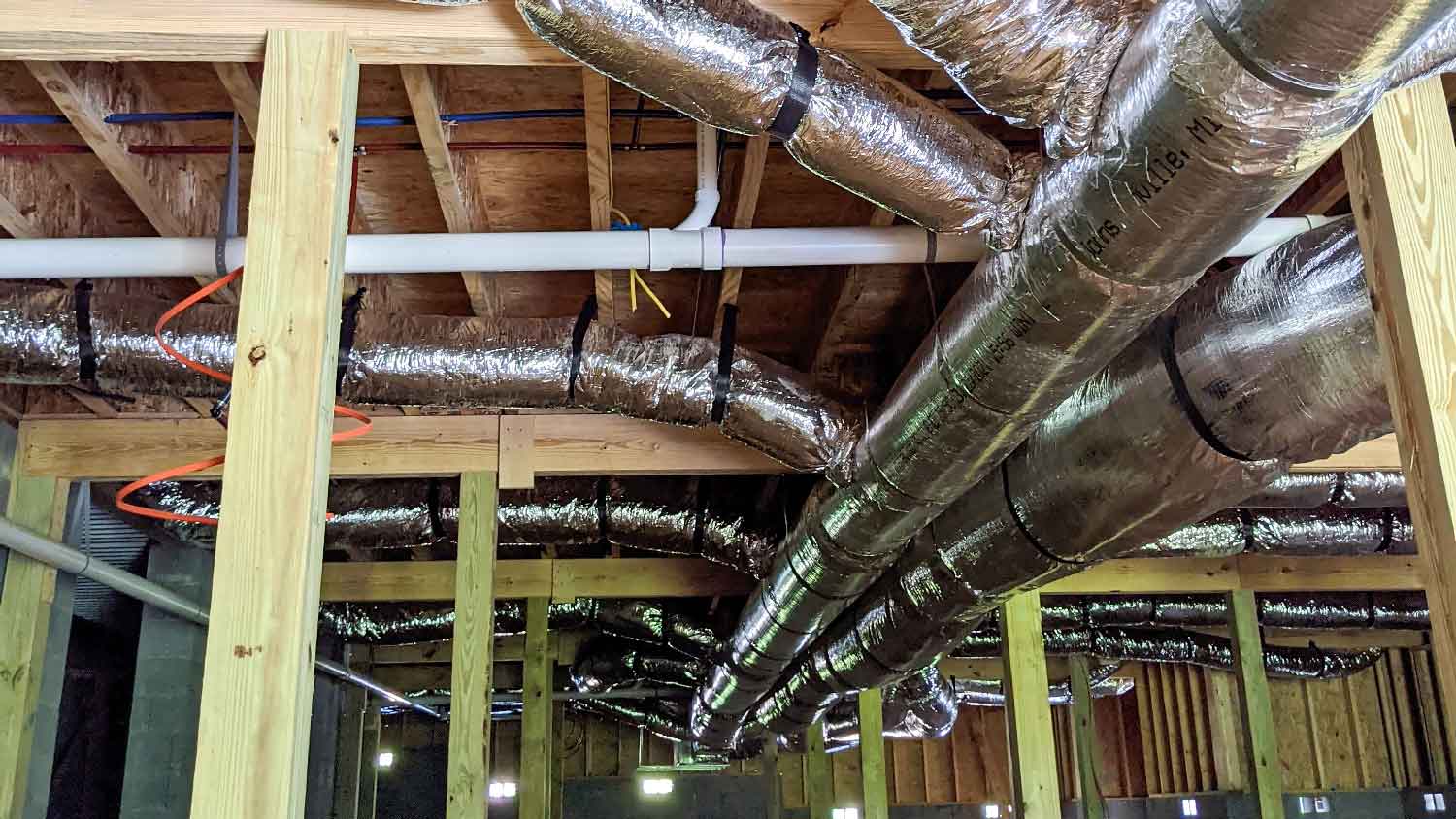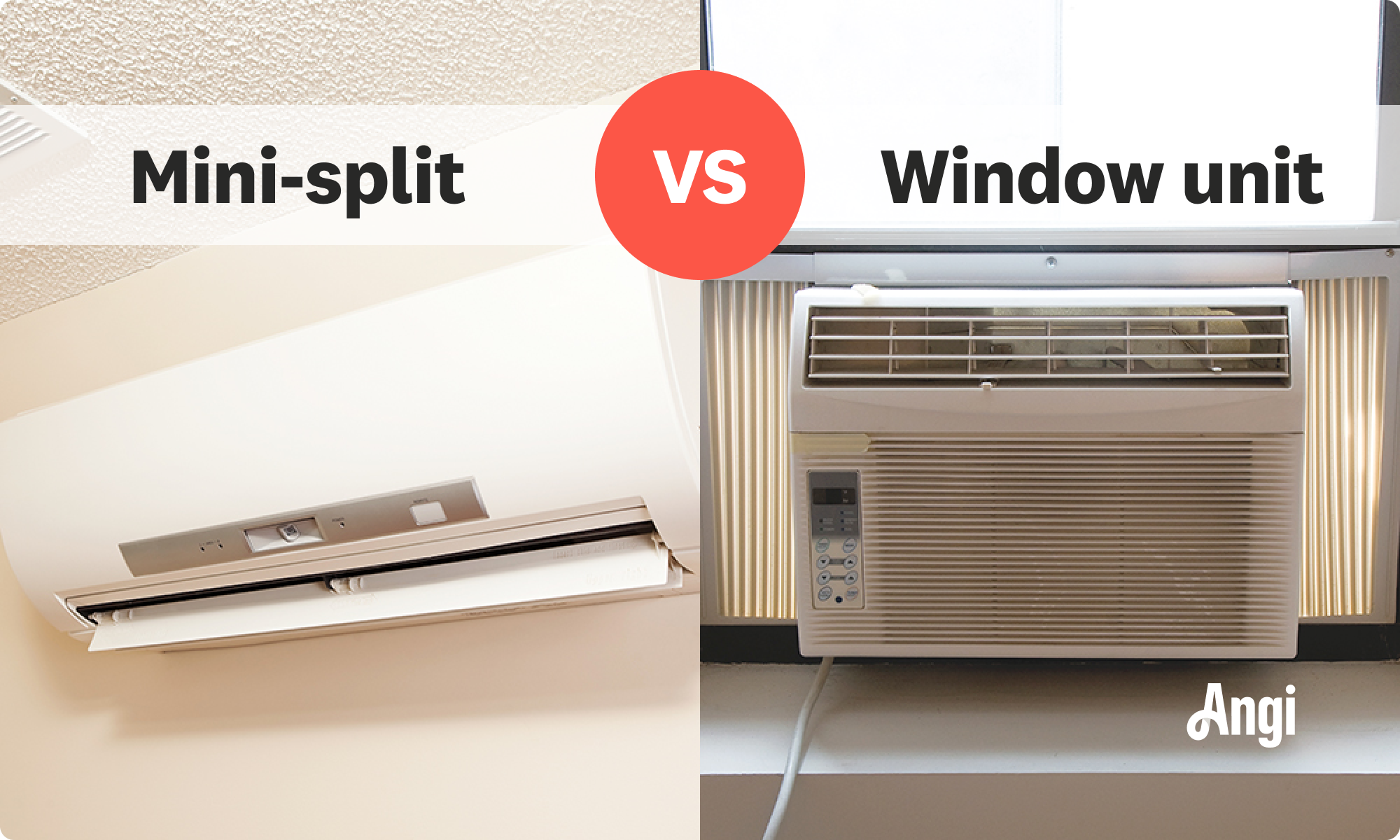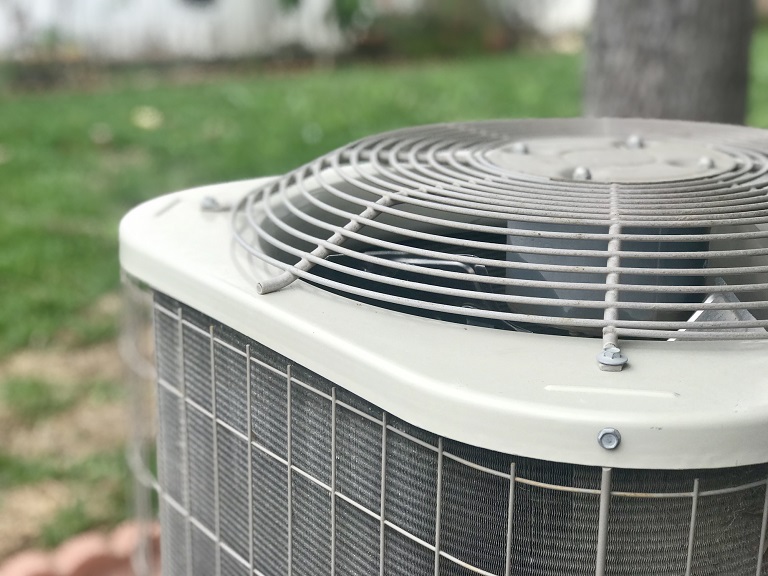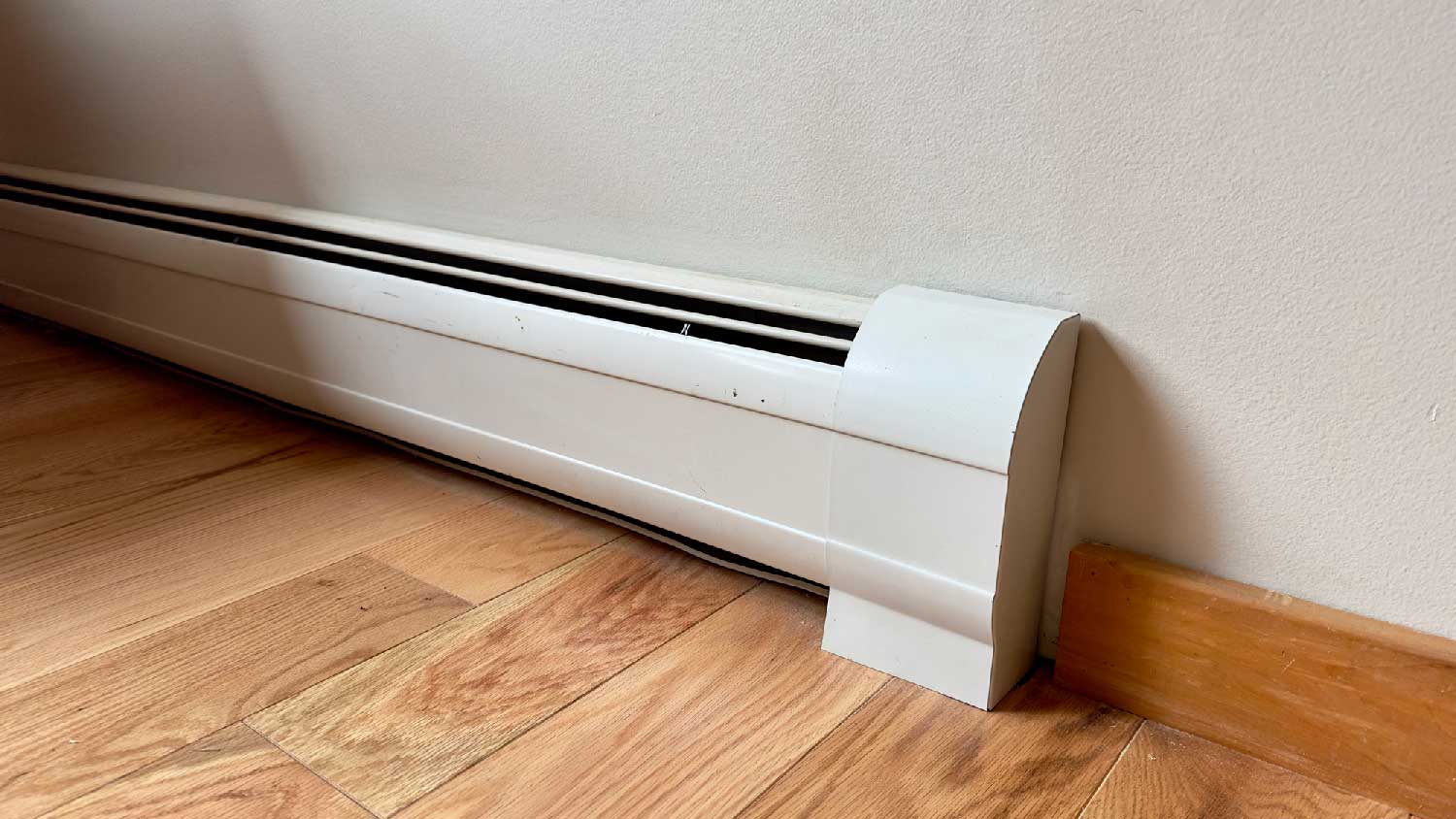
Discover the cost to install ductwork. Learn about average prices, cost factors, and tips to save money on your ductwork installation project.
Big chilly blasts come in small packages


A mini-split has both heating and cooling functions and can cool rooms better than a window unit.
Both mini-splits and window units are versatile ductless options for smaller homes, but window units are faster, more accessible, and relatively inexpensive.
Window units have a limited reach but can effectively cool rooms or small homes at a low cost.
Mini-splits have a high upfront cost, $2,000 to $14,500, compared to window units, $130 to $530.
When central air isn’t feasible for your home, ductless air conditioning is the way to go. This can mean installing a mini-split or standalone window units in different rooms. But what are the differences between window units versus mini-split AC systems? Both are versatile, and both have limitations. We’ll walk you through the pros and cons of both cooling systems so that you can determine which one is best for your home and wallet.
Mini-splits are heating and cooling systems designed to be permanent, while window units are cooling-only systems and somewhat temporary. A window unit is a singular unit designed to be installed inside a window frame, whereas a mini-split has an indoor unit and an outdoor condenser. Multiple indoor mini-split units can be connected to the condenser to create zones, cooling more of the home with one device than a window unit can. However, window units are more accessible as far as cost and complexity go.

A mini-split is a heating and cooling unit that doesn't require ductwork. They use electricity to pump refrigerant so that the unit can transfer heat into or out of the home, depending on which mode you select. The "split" in the name comes from the fact that there’s an outdoor component, a condenser, and an indoor air-handling component.
Up to four indoor units can connect to the same outdoor condenser. So, if you have a limited budget but your top priority is cooling your home office, you can start with just one indoor unit and then add up to three more after the initial outdoor condenser installation.
| Pros | Cons |
|---|---|
| Energy-efficient | High upfront cost |
| No ductwork required | Only cools zones |
| Quiet | HVAC pro needed |
| Versatile | No dehumidifying |
Best for:
Homes under 2,500 square feet
Homes with no ductwork
Areas that require different temperatures or don’t need AC
They provide heating and cooling: Mini-splits are capable of both heating and cooling, and they can be customized to your home’s needs.
Versatile placement and temperature management: Indoor units can be placed high on the walls or even on the ceiling, so they're less disruptive to your decor. Because mini-splits are controlled by a different type of thermostat than central air, the temperature can be adjusted in each area.
Quiet: Mini-splits are barely audible when they run.
Energy-efficient: According to the Environmental Protection Agency, an Energy Star-certified mini-split heat pump uses 60% less energy than standard home heating solutions.
High upfront costs: Installing a mini-split costs $2,000 to $14,500, averaging $3,000. The more zones your pro adds to your mini-split system, the higher the cost will be.
Professional installation: Installing a mini-split is not a DIY job since the installer must have permits and licensing. You need a local HVAC company to install the mini-split for you.
Not efficient in large homes: Mini-splits have a limited reach and number of indoor units, which doesn’t gel with homes exceeding 2,500 square feet.
They don’t control humidity: Mini-splits have poor humidity control in comparison to similarly priced central AC units. If humidity is an issue where you live, you’ll need additional dehumidifiers.

A window unit is a type of air conditioner that, as the name suggests, fits inside a window frame so that the condensation flows outdoors. They can be small units just for a bedroom or large enough to cool an entire home. Their only function is cooling, which makes them a popular choice for homes that have separate heating systems, like radiant heat. Apartment dwellers who don’t have a building-wide central air system to tap into need window units to get any relief on hot days, while single-family homes utilize them for their versatility.
| Pros | Cons |
|---|---|
| Inexpensive | Noisy |
| Versatile | Limited by layout |
| Simple maintenance | Energy-inefficient |
| Plug-and-play | Limited airflow |
Best for:
Small homes, like condo apartments
Homes that have separate heating systems
Areas where it doesn’t make sense to extend ductwork
Low upfront costs with many options: There are so many different options on the market for window units based on size, smart technology, and additional features. Window units cost $130 to $530, and installation for a small bedroom AC can cost as little as $100.
Versatile: If there are certain parts of your home that are naturally cooler or that you don’t use often, it doesn’t make sense to install or extend ductwork there. A window unit is an inexpensive and fast solution for rooms where ductwork is missing.
DIYable: Window units are plug-and-play, provided they’re close enough to a grounded outlet. However, you should contact an HVAC pro if the unit is extremely heavy or your windows need to be cut to install and vent the unit.
Limited airflow: The airflow from a window unit is limited to the area where it’s installed and further limited by your home’s layout. A fan can help circulate the cold air, but it might not reach the bedroom that is significantly warmer.
Location limited to windows: Window units need to go through a window frame. You may have only one window in your room, and it could be extremely inconvenient to put a window unit there. If you frequently sit, eat, or work near that window, being right next to the AC breeze will quickly go from refreshing to bothersome.
Noisy: Even regular maintenance won’t stop window units from being loud.

How does the mini-split stack up against the window unit in these categories?
Mini-splits can cost just as much, if not more, than central air systems. Mini-splits have an average price of $3,000 for a one-zone system (but the price can reach up to $14,500). Window units cost astronomically less at $130 to $530 per unit, depending on the size.
Mini-splits can last 20 years, but window units only get eight to 10 years of use before they start to lose functionality and you see more and more window AC problems.
If you have caulk, a power drill, and materials that can pad your window unit’s surroundings to keep drafts and pests out, you can install a window AC unit yourself. A handyperson can also install a window unit. However, you need professional HVAC installation for mini-splits.
Window units have far less intense maintenance since they’re just one unit. With a mini-split, you have an outdoor condenser and at least one indoor unit to worry about. In addition to routine filter cleaning, mini-splits also need pipe cleaning and annual professional maintenance.
While window units only run as long as you have them on, they aren’t an energy-efficient option if you need multiple units to cool your home. A mini-split effectively cools a larger area and uses less energy, in addition to being significantly more sustainable than a central air system.
Window units can be extremely effective in apartments and single rooms. When it comes to cooling the entire home and distributing air beyond one room, however, mini-splits have superior airflow and cooling power.
From average costs to expert advice, get all the answers you need to get your job done.

Discover the cost to install ductwork. Learn about average prices, cost factors, and tips to save money on your ductwork installation project.

Factors such as labor and parts impact the final price of repairing a window AC unit. Learn all of the costs associated with window air conditioner repair.

Getting AC and furnace replacement done at the same time can lead to huge benefits for your wallet and your home. Here’s everything you need to know.

Discover the average air handler replacement cost, including labor and materials, plus expert tips to help you budget and save on your HVAC upgrade.

Discover the average wall heater installation cost, key price factors, and expert tips to help you budget and save on your next home heating project.

Learn how to reset your boiler safely with our comprehensive guide. Don't let heating issues disrupt your comfort this winter.